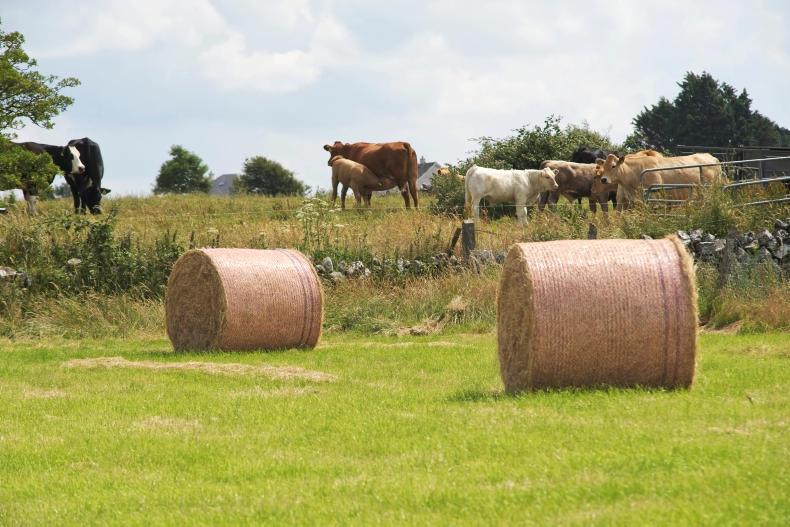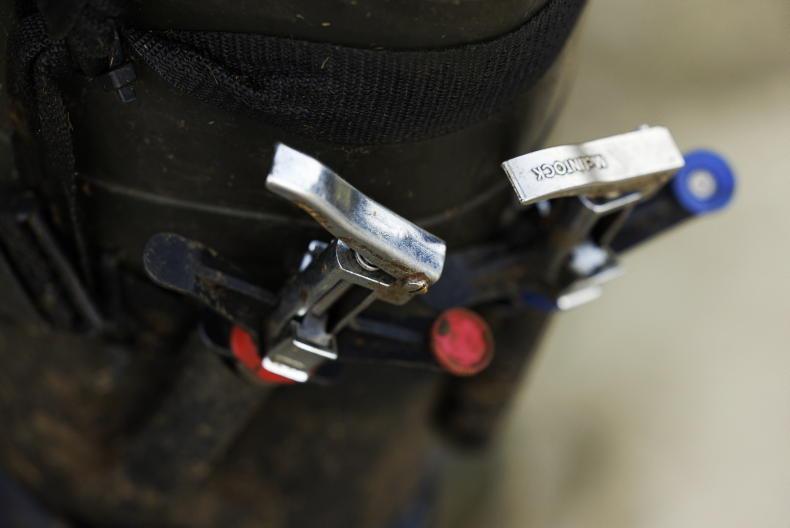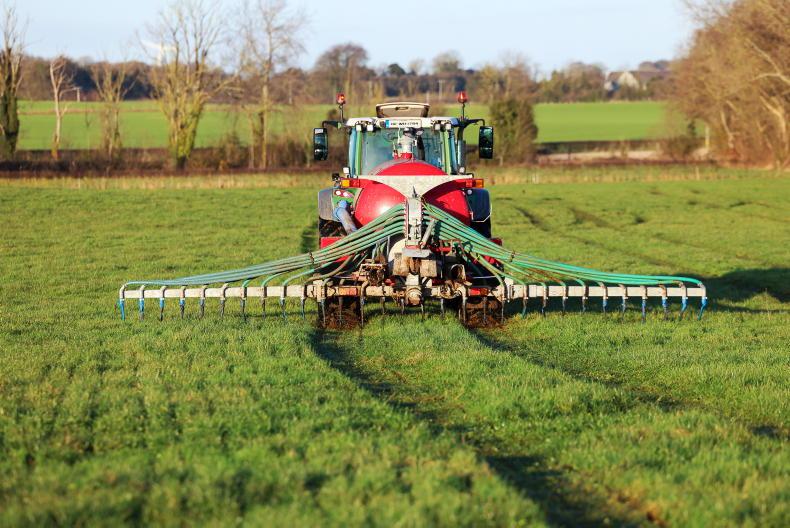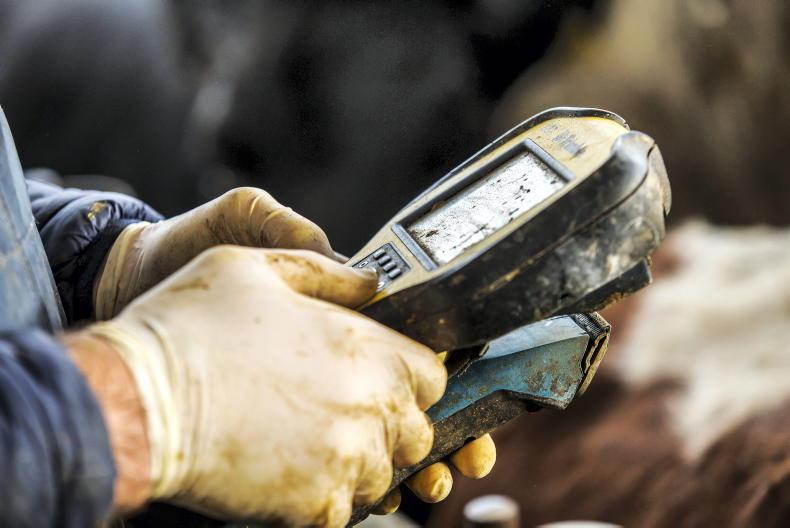The deadline for grazing traditional hay meadows in GLAS is 15 April.
While there are widespread calls from farmers to extend the window for grazing these areas due to the poor weather conditions in recent months, there has not yet been an extension given by the Department of Agriculture.
With heavy rainfall since August, particularly in the west and north of the country and an early housing of stock in some areas, there are very strong grass covers built up on fields, which will require tight grazing prior to closing in April.
In 2018, there was a two-week extension to the grazing deadline given, but this was on the back of the fodder crisis.
While fodder is not generally an issue this year, farmers are looking for a two-week extension in order to utilise the grass on hay meadow fields when ground conditions allow.
Under the terms and conditions of the scheme, traditional hay meadows cannot be topped, mowing cannot take place after 15 March with grazing forbidden from 15 April.
Rush control is permitted after 15 March by either spot spraying or weed wiping. The maximum chemical nitrogen usage on traditional hay meadow pasture is 40kg N/ha or 32 units N/acre per year.
Grazing wild bird covers
While weather and soil conditions may not yet allow, farmers are permitted to graze off wild bird cover parcels since 15 March. As well as helping tight grass supplies, this will also reduce the amount of vegetation prior to sowing this year’s crop.
As this measure is to provide a source of food and winter cover for farmland bird and fauna, these areas cannot be grazed before 15 March.
Remember, the deadline for sowing wild bird covers is 31 May, so acting early to graze off these areas with sheep or cattle where possible will help preparations for sowing.
It is permissible to apply weed control pre-sowing, but no pesticides are permitted after sowing the crop. Parcels must remain stock proof again from sowing until 15 March next year.









SHARING OPTIONS